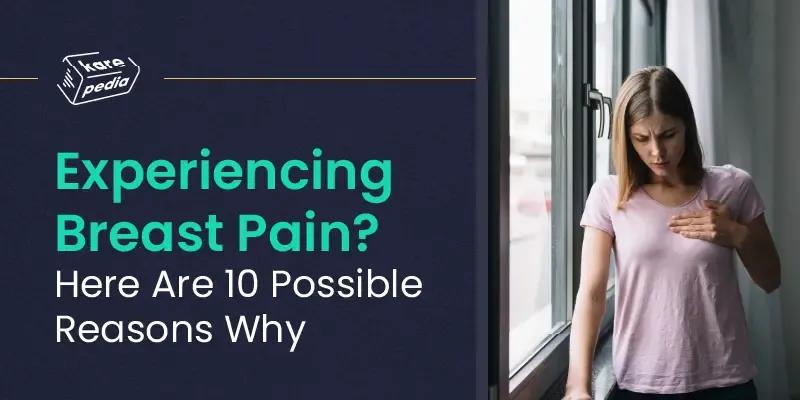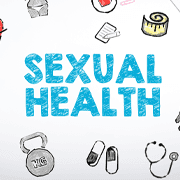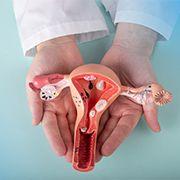Experiencing Breast Pain? Here Are 10 Possible Reasons Why
In This Article
Experiencing Breast Pain? Here Are 10 Possible Reasons Why
Yashas
Updated on February 10, 2025
Medically verified by Dr. Arya
Fact checked by Sreemoyee

Wellness
10 min read
It could go from slight distress to extreme pain that restricts day to day activities.
Understanding the hidden reasons of breast pain is critical for addressing the underlying issues and their impact.
Care to know more about these reasons?
This blog by Karepedia provides insight and practical solutions to each of the ten possible causes of breast pain.
Hormonal Fluctuations
- Hormonal fluctuations, particularly those related with the period, are a fundamental cause of breast pain. Estrogen and progesterone levels shift over the cycle, causing changes in breast tissue.
- This can lead to discomfort, soreness, and swelling, which typically reaches their peak just prior to menstruation.
- A few women experience this intermittent inconvenience consistently, while others do so less often.
- You can determine whether hormonal variations are to blame by comparing your feminine cycle to times when you experience breast pain.
Pregnancy and Breastfeeding
- Critical hormonal and actual changes that happen during pregnancy and breastfeeding can bring about breast pain.
- In anticipation of lactation, hormonal floods during pregnancy make the bosoms amplify and turn out to be more delicate.
- Furthermore, breastfeeding can accomplish sensitive areolas and engorgement, which can torment.
- Certain methods of breastfeeding and strong bras can help alleviate some of this discomfort.
Mastitis
Mastitis is a scrotum infection that typically affects breastfeeding women but can also affect non-breastfeeding women.
The impacted breast might display torment, enlarging, redness, and warmth notwithstanding influenza like side effects.
To keep away from entanglements, anti-toxin treatment should be begun at the earliest opportunity.
Mastitis risk can be decreased through proper hygiene and breastfeeding practices.
Fibrocystic Breast Changes
- Changes caused by fibrocystic breasts include the development of benign growths and stringy tissue in the breasts, resulting in extreme, uneven pain.
- Women between the ages of 20 years and 50 years are normally impacted by this condition, which is very pervasive.
- Due to hormonal effects, side effects frequently get worse before a period.
- While fibrocystic changes are not frightful, they can be abnormal. Regular self-exams and clinical examinations are recommended to monitor any changes.
Injury or Trauma
Trauma or physical injury can also cause pain in the breasts. This could be because of an unplanned knock, a fall, or even surgeries. Breast trauma can result in tenderness, swelling, and bruising.
Wearing a well-fitted, steady bra and applying cold packs can assist with dealing with the distress. It is essential to seek medical attention to rule out any serious underlying conditions if the pain persists or becomes severe.
 10mint
10mintSexual Health Matters: How To Maintain Your Sexual Health ?
 10mint
10mintYour Guide to Sexual Health Screening and Preventive Measures
 10 mints
10 mintsSTDs in Women: Comprehensive Guide on Symptoms and Treatments
Get a Callback Now
Breast Cysts
Breast growths are liquid filled sacs inside the breast tissue that can be painful, particularly assuming they are huge or press against different designs. The size of these cysts can change with the menstrual cycle.
Basic growths are normally harmless and can be dealt with over-the-counter relief from discomfort and strong bras.
Notwithstanding, steady or repetitive growths should be assessed by a medical care proficient to preclude different circumstances.
Medications
- Breast pain can also be caused by some medications. Because they change estrogen and progesterone levels, hormone replacement therapy and oral contraceptives are frequently to blame.
- Different drugs, similar to specific antidepressants and cardiovascular medicines, can likewise cause breast pain.
- Talk to your doctor about possible alterations or other options if you believe your medication is hurting your breasts.
Poorly Fitting Bras
- Wearing bras that don't fit as expected can prompt breast pain and uneasiness.
- Bras that are too tight or too loose can make it hard for the breast tissue to move and circulate, while bras that are too loose can't provide enough support.
- A professional bra fitting and selecting bras that provide the appropriate amount of support for your level of activity can significantly reduce breast pain caused by inadequate support.
Stress and Anxiety
Intense pressure and uneasiness can actually show in different ways, including breast pain. Stress can prompt muscle strain, which could influence the chest and breast region, causing distress.
Additionally, increased sensitivity during times of stress can intensify any breast pain that is already present.
Stress management strategies like mindfulness, relaxation exercises, and regular physical activity have the potential to lessen stress-related breast pain.
Breast Cancer
- Despite the fact that breast pain is typically not a sign of breast cancer, persistent pain should not be ignored. When a tumour is pressing on nearby structures, breast cancer may sometimes cause pain.
- Lumps, changes in breast shape, skin dimpling, and nipple discharge are additional signs of breast cancer.
- Ordinary breast X-rays and clinical breast tests are very important for early recognition and inner harmony.
- For a comprehensive evaluation, consult your healthcare provider if you experience unexplained, persistent breast pain.
Breast pain can originate from various causes, going from hormonal changes to additional difficult circumstances like breast disease.
Managing symptoms and seeking the appropriate medical attention when necessary can be made easier with an understanding of these potential causes.
In order to effectively treat breast pain, key steps include keeping track of symptoms, maintaining a healthy lifestyle, and consulting a healthcare professional in the event of severe or persistent pain.
Breast pain, or discomfort in the breast, is normal and shifts in seriousness.
During this period, hormonal swings are a crucial driver.
Pregnancy and breastfeeding can introduce enormous breast pain.
A disease known as mastitis causes redness, agony, and expansion.
Breasts that are lumpy and painful are the result of fibrocystic breast changes.
Breast pain can be welcomed by a physical issue or injury to the body.
Cysts in the breast are painful sacs stuffed with fluid.
As a side effect, some prescriptions might make your stomach hurt.
Bras that don't fit right can make your body feel uncomfortable.
Persistent breast pain should be evaluated to rule out breast cancer.
Source Links
American Cancer Society
Johns Hopkins Medicine
Breastcancer.org

